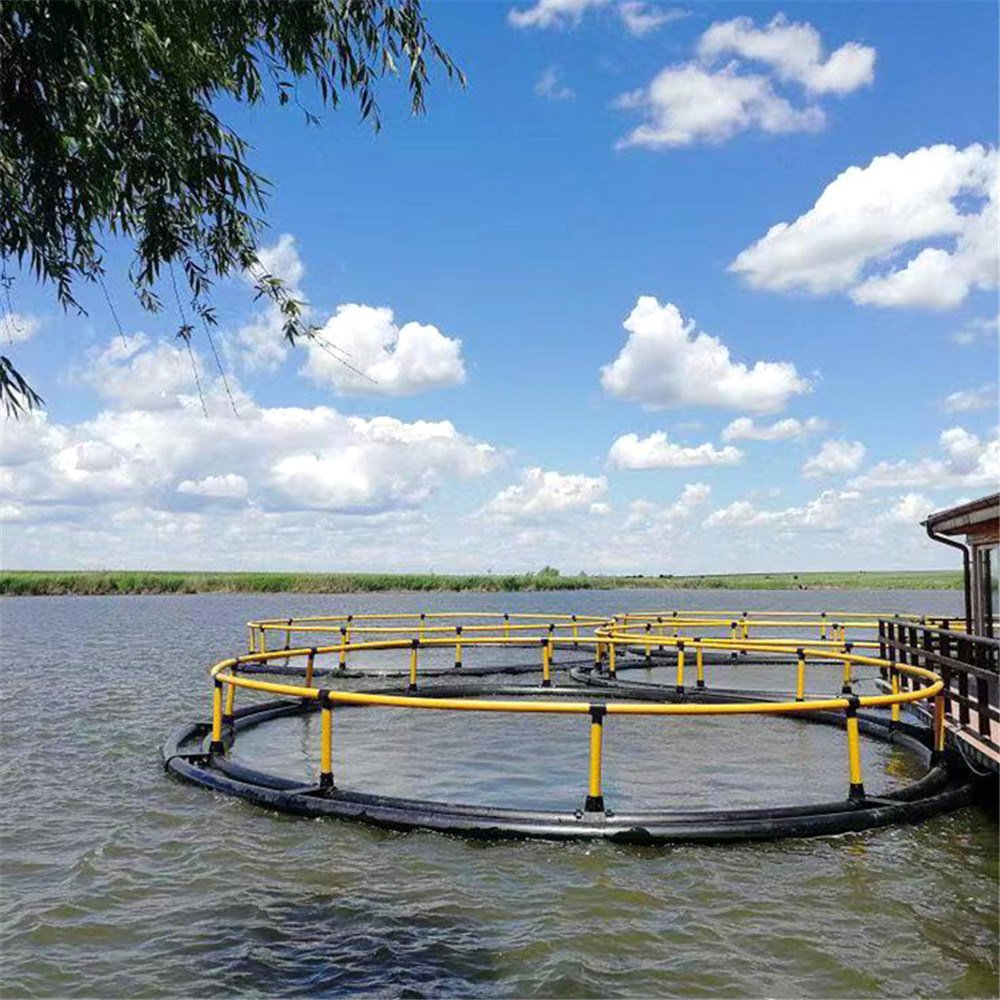According to the UN, China produces at least 18% of the world’s total seafood catch. China has long been the world’s greatest producer of seafood.

As part of its attempts to find agricultural technical advancements, China’s interior Xinjiang Uygur autonomous province has begun to develop seawater aquafarming, including freshwater fish, king prawn, abalone, and lobsters.
The 2022 establishment of the aquaculture company Xinjiang Shi Shi Xian in the outlying area claimed success in a test effort to create technologies to replicate seawater in its fishery situated on the edge of a desert.
The saline level, which is a mixture of salt and water, is naturally “close to the level in seawater” in southern Xinjiang, said project director Chen Jiazhen.
According to an article from the China Business Herald that was published by the China Association for Science and Technology earlier this month, this will promote artificial seafood farming, with the business intending to enhance access to seafood in interior parts of China.
The saline-alkaline land is used, and the probiotics and other micronutrients added to the water are adjusted to recreate the various marine habitats required for various breeds, according to Chen.
Although the essay was published in the middle of August, it has lately gained attention due to worries about the safety of seafood in light of the Fukushima nuclear power plant water spill.
In reaction to the discharge of contaminated water from a nuclear facility that was destroyed by an earthquake and tsunami 12 years ago, China this week imposed a ban on all Japanese aquatic products.
The firm employs greenhouses to make up for the weather variations in Xinjiang and has about 60 indoor ponds.
Although it is unknown if the corporation has made the eight various species of seafood available to consumers, they are initially bred indoors before being transferred to outdoor ponds.
In light of China’s calls for academics and local leaders to explore for methods to “modernize agriculture” and “provide security for the supply of agricultural products,” state media in China praised the rise of seafood production in Xinjiang as a “role model example.”
Beijing has emphasized the value of food security more and more, striving to increase agricultural production autonomy in the face of unpredictable global food markets caused by geopolitical unrest, climate change, and the conflict in the Ukraine.
According to the UN, China produces at least 18% of the world’s total seafood catch. China has long been the world’s greatest producer of seafood.
Traditional fruit varieties grown in Xinjiang include Hami melons, Korla pears, and significant quantities of tomatoes. No issue with salty soil. In an effort to promote food security, China applauds record rapeseed production.
One of the seven places chosen to serve as test grounds for the cultivation of seawater rice, also known as saline-alkali resistant rice, is Xinjiang. But because of a shortage of water, its dry climate also presents difficulties for the sustainability of its agricultural growth.
As a result of the water supply from its high altitude lakes, which are fueled by melting snow from its hilly locations, businesses in Xinjiang have historically produced freshwater seafood.
By 2025, the Xinjiang government wants to see its yearly production of aquatic goods reach 30,000 tonnes. China wants to increase its overall aquatic production to 69 million tonnes by that time.
Offshore aquaculture is a new method of seawater aquafarming where fish farms are located in deeper, less sheltered waters.